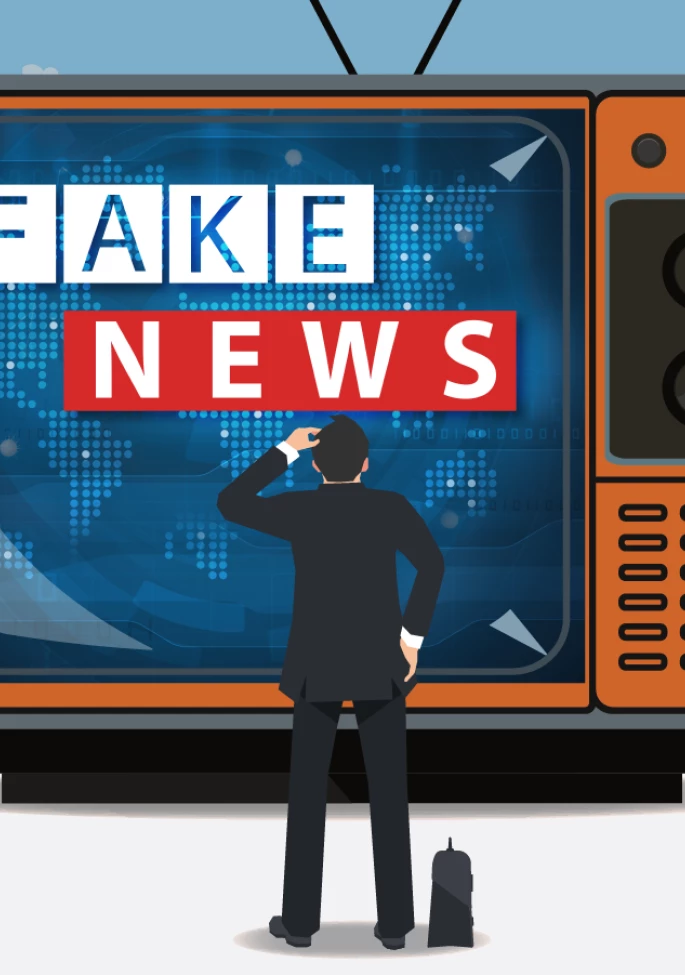You know your job as a lawyer is to present your client’s case. And, you know you have a duty to zealously represent that client. The challenge, of course, is how to effectively persuade the jury that your side holds the truth. Keep the following principles in mind when crafting opening and closing arguments, witness direct, and cross-examinations. This will arm your presentation with the power of persuasion.
1. Credibility
Credibility is the one thing you cannot lose during your trial. Why? Because people—including jurors—are more willing to believe someone they trust. Just as companies need leaders who workers trust, jurors look to lawyers who they believe are telling the truth. Your credibility isn’t just important because you want the jury to think you (and your client) are telling the truth. The jury is looking to someone to follow.
So, how do you inspire jurors to believe in you?
2. Authority
It’s no news that you have to know your case backwards and forwards. "Winging it" is no substitute for a thorough knowledge of case facts. Knowing the facts makes you quick on your feet, but that alone isn’t enough. You must also show confidence when presenting your witnesses, questions, and arguments.
If you employ an expert in the case, they are your authority on a given topic. But don’t assume the jury will understand this—you must always explain why your expert is the authority. Experts have the added benefit of helping build a consensus. Generally, people are driven to follow the lead of others; experts can exert a subtle form of peer power inside the jury room where they are not allowed to go.
The same advice is true for witnesses. Don’t forget to prepare your fact witnesses to be the authorities on the topics about which they opine. For instance, the Head of Human Resources is the authority on hiring and firing in the company for your employment dispute. Your CEO is the authority on why the deal was done the way it was. Even a third-party witness is an authority on the matter about which he was called to testify. Ensure you know, and then tell the jury why this witness is testifying and what his or her expertise is.
While experts and witnesses will never set foot in the jury deliberation room, those who are believable will have the power to drive consensus among jurors. Credible experts and witnesses attract advocates.
3. Likable
You might not like the fact that as a player in an adversarial system, you are a participant in a popularity contest, but getting a jury to like you will go a long way. It’s true that, for advocates, the courtroom is the great equalizer. But if you are likable, the jurors can trust your statements and they will feel more comfortable rooting for you and your client. Let your body language reflect that you are kind and patient. Rarely or never show annoyance: allow the jury to be annoyed for you. Be sincere: express sincere confidence in your case and your client.
4. Image Matters
No, not the designer suit. The imagery you paint in the minds of the jury matters. Stories are memorable and persuasive. To tell a good story, think about the plot—the part of the story that begs the rest of the story to be told. Start there. It might not be the chronological beginning, and that’s okay. Build suspense. It garners attention.
And use lush imagery. Put the juror into the story. Describe it for them—they will create a picture in their head: make sure it’s accurate. Encourage your witnesses to “show, not tell” pieces of information by telling specific stories or giving specific examples. Saying “we’re a company that values family” is less persuasive than saying “when Joe’s son was in the school play, we not only ensured he wasn’t on the road, but his boss went to watch the show.”
Motivate the jury. Brain scientists tell us that it takes work to make hard decisions. It takes work to listen carefully. And the hardest of all? Bypassing your emotional, knee-jerk reaction. So how can we motivate jurors to listen to our side of the story when we know our client is right, but it takes work to get to the right conclusion?
5. Reciprocity
Pay attention to your jury. They will pay attention to you. Respect your jury and teach your witnesses to do the same; they will do the same for you and your witnesses. Show the jury how you’re saving them time by being organized and using summaries, charts, and demonstratives. They will appreciate you—it motivates them to want to return the favor. This doesn’t mean you win, but it does mean the jury will listen to you and work to understand your side of the case.
6. Urgency
Remind the jury when something is important and rare. How? Simply tell them: "Mr. Witness, this is important and you're the only person who can tell us." Create a sense of drama and urgency. It will motivate the jury to listen, pay attention, and remember.
7. Make it Easy
How does your audience want to process information? Are they visual learners? Did they talk about experiences during voir dire that make some of your issues more accessible? Use those pieces of information to tailor your presentation to the specific jurors who will be deciding your case. Look for opportunities to make simple pivots or appeals to a juror's background.
Communicate concisely and clearly. Can an eight-grader understand it? If not, it's likely too much for a juror to intake, process, and sift-through, particularly in light of opposing counsel's contrary presentation.
If follow all of these principles, you and your client will be rewarded with jurors who are willing to listen and open to accepting your side of the story. They will give your case the respect and careful consideration it deserves. While no one can guarantee you will win the case for your client, by adhering to these principles, you will certainly give your client more than a fighting chance.






